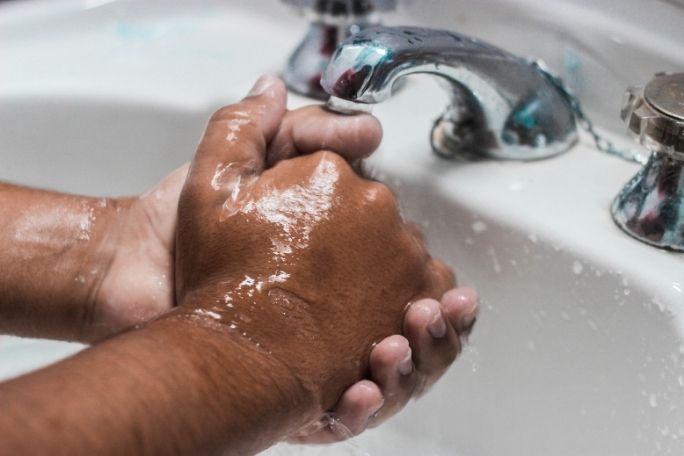Lesson summary
In this activity students map the water use of their school or home, establishing where water is used or wasted and what quality of water is needed in various points to meet the needs of the water use at that particular point.
Learning intentions:
Students will...
- recognise the variety of ways and places water is used in domestic settings.
- prepare maps based on domestic water use.
- communicate effectively in fair and considered class-wide discussion on issues.
Lesson guides and printables
Lesson details
Curriculum mapping
Australian curriculum content descriptions:
Year 7 science:
- Summarise data, from students’ own investigations and secondary sources, and use scientific understanding to identify relationships and draw conclusions (ACSIS130)
- Science understanding influences the development of practices in areas of human activity such as industry, agriculture and marine and terrestrial resource management (ACSHE121)
Year 7 Mathematics:
- Identify and investigate issues involving numerical data collected from primary and secondary sources (ACMSP169)
Year 8 Science:
- Summarise data, from students’ own investigations and secondary sources, and use scientific understanding to identify relationships and draw conclusions (ACSIS145)
- Science understanding influences the development of practices in areas of human activity such as industry, agriculture and marine and terrestrial resource management (ACSHE136)
Year 8 Mathematics:
- Investigate techniques for collecting data, including census, sampling and observation (ACMSP284)
Syllabus Outcomes: SC4-13ES, SC4-7WS.
Year levels: 7 and 8
Indoor or outdoor activity: Indoor/Outdoor
Time required: 45+ mins. Parts of this activity can be completed or set as homework.
Level of teacher scaffolding: Lead students in class discussion around water, assist students with assessment of water use.
Resources required
- Art and writing materials
- Printed student worksheet
Additional info
This is an original Cool.org lesson. Facts and figures in these lessons may have changed since this lesson was published. We always endeavour to update our resources in a timely manner, but if you see an error or issue in our resources please get in touch with us.


Welcome back!
Don't have an account yet?
Log in with:
By signing up to Cool.org you consent and agree to Cool's privacy policy to
store, manage and process your personal information. To read more, please see
our privacy policy here(Opens in new tab).
Create your free Cool.org account.
Many of our resources are free, with an option to upgrade to Cool+ for premium content.
Already have an account?
Sign up with:
By signing up to Cool.org you consent and agree to Cool's privacy policy to
store, manage and process your personal information. To read more, please see
our privacy policy here(Opens in new tab).